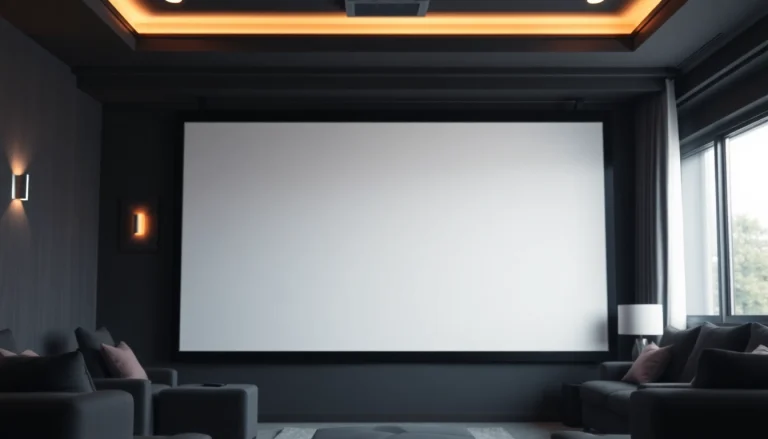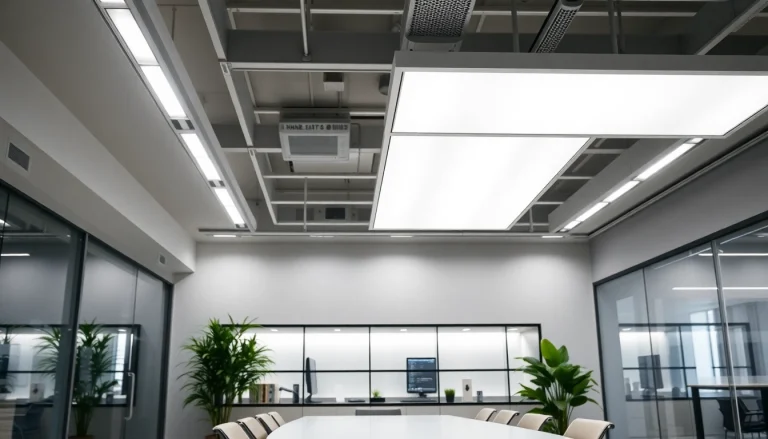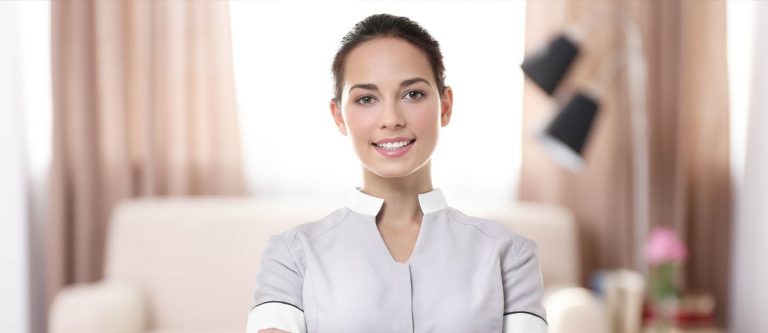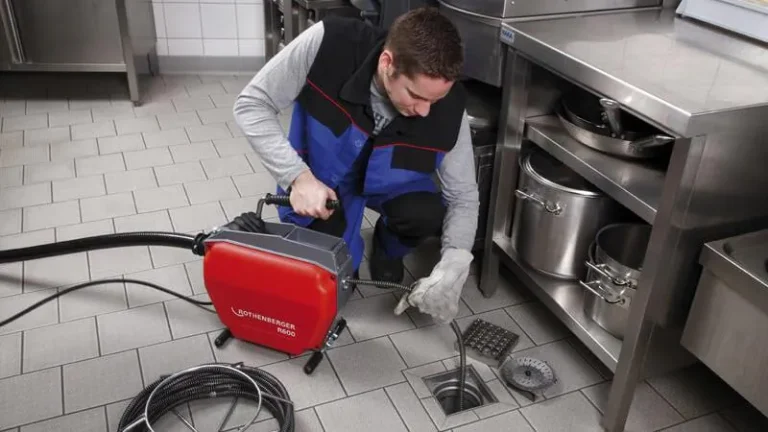Understanding Wandbegrünung Indoor
Indoor vertical gardening, referred to in German as Wandbegrünung Indoor, offers a remarkable way to bring nature indoors, enhancing aesthetic appeal and promoting environmental benefits in our living spaces. This innovative garden design integrates plant walls into interiors, creating stunning visual displays while also improving air quality and indoor climates. As more people recognize the importance of incorporating greenery in urban environments, understanding the fundamentals of indoor vertical gardening becomes paramount.
What is Indoor Vertical Gardening?
Indoor vertical gardening involves the practice of growing plants on walls or vertical surfaces, allowing for the integration of greenery in spaces where traditional gardening isn’t feasible. Various systems are available, ranging from simple wall-mounted pots to complex, hydroponic systems that provide nutrients and moisture to the plants via automated mechanisms. This method of gardening is highly adaptable, fitting into a range of interior styles, whether it’s a cozy apartment, bustling office, or a retail space.
The visual appeal of a plant wall can create a living mural that changes with the seasons, adds dimension to flat surfaces, and amplifies the ambiance of a space. The technology behind vertical gardens has evolved, providing options carefully curated for specific environments, light conditions, and plant types. The result is not only an artistic statement but also a functional solution to enhance indoor biodiversity.
Benefits of Indoor Green Walls
There are numerous benefits of opting for indoor green walls. Here’s a comprehensive look at some of the primary advantages:
- Improved Air Quality: Plants act as natural air purifiers. They filter harmful toxins and contribute to cleaner air, which is especially beneficial in urban living conditions where pollution levels can be high.
- Enhanced Aesthetics: Vertical gardens serve as stunning focal points. The vibrant greens and assorted colors can dramatically transform spaces, providing a refreshing contrast to modern interiors.
- Thermal Regulation: Indoor plants can help regulate temperature, providing insulation and cooling effects. This contributes to energy efficiency, reducing heating and cooling costs.
- Noise Reduction: The inclusion of plants can reduce noise levels in busy environments. They absorb sound, creating a more peaceful indoor atmosphere.
- Psychological Benefits: Access to greenery has been shown to reduce stress, increase productivity, and improve overall mental well-being, making indoor nature a significant aspect of modern life.
Choosing the Right Location for Your Plants
Selecting the optimal location for your indoor green wall is crucial to its success. Considerations should include:
- Light Conditions: Ensure the chosen spot receives adequate natural light. Depending on the plant selections, you may require bright, indirect light or a position with limited sunlight.
- Humidity Levels: Some plants thrive in humidity, so areas like kitchens or bathrooms can work well. Conversely, arid environments may require additional misting or a humidifier.
- Accessibility: The wall should be easily reachable for maintenance, providing ease of access for watering, pruning, and monitoring plant health.
- Integration with Room Purpose: Consider how the garden will complement the room’s function, whether it’s enhancing a workspace or providing a relaxing retreat in a living area.
Types of Plants for Wandbegrünung Indoor
Best Indoor Plants for Vertical Gardens
When selecting plants for an indoor vertical garden, it is essential to choose species that thrive in low-light conditions and can adapt to the environment of an indoor space. Some of the best options include:
- Ferns: Varieties such as Boston Fern and Maidenhair Fern are perfect for adding lush greenery.
- Monstera Deliciosa: Known for its striking leaves, Monstera is a popular choice for a tropical look.
- Philodendrons: These adaptable plants come in many forms and are relatively easy to care for.
- Spider Plant: Spider plants purify the air and require minimal care, making them perfect for beginners.
- Succulents: For a low-water option, succulents like Echeveria or Sedum can add a unique texture to your vertical garden.
Low-Maintenance Options for Busy Homeowners
For those with busy lifestyles, choosing low-maintenance plants is key. The following options are well-suited for individuals who may not have time for extensive plant care:
- Efeutute (Pothos): Known for its resilience, it can tolerate low light and fluctuating watering schedules. Pothos also allows for trailing growth, enhancing vertical aesthetics.
- Snake Plant: Another hardy option, Snake Plants thrive on neglect and can survive in various lighting conditions.
- ZZ Plant: This plant is nearly indestructible and requires very little light, making it an excellent choice for novice green thumbs.
- Bromeliads: These colorful plants thrive in humid conditions and require minimal care, offering stunning blooms.
Creating a Beautiful Plant Selection
The key to a successful indoor vertical garden lies in creating a diverse selection of plants that complement one another. Here are some tips to create a vibrant garden:
- Consider Color and Texture: Use a mix of plants with different leaf shapes, sizes, and colors for visual interest.
- Vary Heights: Incorporate taller plants at the back and shorter ones at the front to add depth to your design.
- Seasonal Changes: Choose plants that may bloom at different times of the year, allowing you to enjoy variety throughout various seasons.
Installation of Wandbegrünung Indoor Systems
DIY vs. Professional Installation
When it comes to installing a green wall, homeowners typically have two options: DIY or professional installation. Here’s a breakdown of each approach:
- DIY Installation: Ideal for hobbyists and those seeking to save money. With the right resources, anyone can create a simple vertical garden using modular systems, wall-mounted pockets, or repurposed containers.
- Professional Installation: If you are looking for a more complex system or have specific requirements, hiring a professional may be best. Experts can ensure that the installation adheres to structural safety standards and optimizes plant health.
Necessary Tools and Materials for Setup
Whether you choose a DIY approach or enlist a professional, the following materials and tools might be needed:
- Wall Planters: Modular systems or traditional pots specifically designed for vertical installations.
- Soil Mix: A high-quality potting mix suited for the chosen plants.
- Watering System: Drip irrigation systems or self-watering pots can make maintenance easier.
- Tools: Basic gardening tools, level, drill, and a measuring tape for accurate assembly and alignment.
Step-by-Step Guide to Installing Your Green Wall
If you opt for a DIY project, here’s a step-by-step guide to get you started:
- Choose Your Location: Find the right wall space that gets ample light and suits your interior design.
- Measure and Plan: Calculate the area for your vertical garden and decide on the type of system you wish to use.
- Prepare the Wall: Clean the surface and ensure it’s suitable for the installation method chosen.
- Set Up the Framework: Install the modular system as per the manufacturer’s guidelines. Ensure it is level and secure.
- Add Plants: Carefully position plants into the wall-mounted system, starting from the bottom and packing snugly without overcrowding.
- Install the Watering System: Connect any irrigation components if necessary for efficient watering.
- Final Touches: Inspect the installation and ensure all plants are properly secured. Water thoroughly after installation.
Maintaining Your Wandbegrünung Indoor
Watering and Nutritional Needs
Maintenance is vital for the longevity and health of your green wall. Here are key considerations for watering and nutrition:
- Watering: Depending on the plant type, watering needs may vary. Typically, soil should remain moist but not waterlogged; checking the moisture level periodically is essential.
- Nutrient Requirements: Fertilize regularly with a balanced plant food during the growing season to ensure healthy growth and vibrant foliage.
Common Issues and How to Resolve Them
Maintaining an indoor green wall may come with some challenges. Here’s how to troubleshoot common issues:
- Pest Infestations: Regularly inspect for pests such as aphids and spider mites. Use insecticidal soap as an organic treatment.
- Wilting Leaves: If leaves are wilting, it may indicate either under- or over-watering. Adjust your watering schedule accordingly.
- Yellowing Leaves: This can be a sign of over-fertilization or inadequate light. Ensure you’re not overfeeding the plants or consider moving them to a brighter location.
Seasonal Care for Indoor Green Walls
Indoor plants also experience seasonal changes. Here are maintenance tips for varying conditions:
- Winter Care: During the colder months, reduce watering frequency as many plants enter a dormant phase.
- Summer Care: Ensure adequate moisture due to increased evaporation rates and consider rotating plants to maximize sunlight exposure evenly.
Cost Considerations for Wandbegrünung Indoor
Factors Influencing the Cost of Installation
Several factors come into play when determining the cost of installing an indoor green wall, including:
- Size of the Installation: Larger structures naturally incur higher costs for materials and plants.
- Plant Selection: Unique or rare plants generally come at a premium price.
- Complexity of the System: Advanced systems with automated irrigation or specialized lighting will increase installation expenses.
- Labor Costs: Hiring professionals will also factor significantly into the overall cost.
Average Pricing for Various Indoor Green Wall Options
While prices can significantly vary, here are some average installations costs:
- DIY Kits: Range from $200 to $1,000 depending on size and materials.
- Professional Installation: Expect to pay between $1,500 to $3,000 for a wall of approximately 50 square feet.
- Maintenance Contracts: Ongoing care & maintenance services usually range from $150 to $500 monthly.
Long-Term Savings with Indoor Plants
Investing in an indoor green wall can yield long-term benefits beyond aesthetics and health. Green walls can lead to savings through:
- Energy Efficiency: Reduced energy costs due to thermal regulation can result in savings on heating and cooling bills.
- Health Benefits: Healthier indoor environments can lead to decreased employee sick days and health costs for businesses.
- Increased Property Value: Properties enhanced with green installations may see an appreciation in value due to their attractiveness and reduced utility costs.






